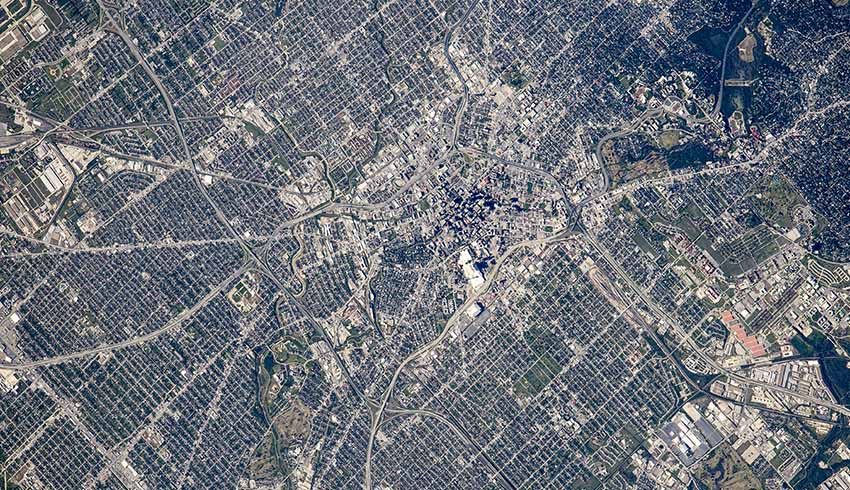Yes, really. This of course leads straight away to bad jokes to the effect that he/she has eaten so many cheese burgers that he/she is visible from low-Earth orbit.
The study is a whole lot more sophisticated and shows the seemingly never-ending applications for space derived data.
It’s titled 'Use of Deep Learning to Examine the Association of the Built Environment With Prevalence of Neighborhood Adult Obesity' and was conducted by researchers from the University of Washington.
They used 150,000 high-resolution satellite images from Google Static Maps to extract features of the built environment in four US cities: Los Angeles, Memphis, San Antonio and Seattle.
To do this, they used a convolutional neural network, a type of artificial intelligence that uses deep learning to perform the analysis and identify patterns.
That was correlated with data on adult obesity prevalence obtained from the US Centers for Disease Control and Prevention’s 500 Cities project.
“Our approach consistently presents a strong association between obesity prevalence and the built environment indicator across all four regions, despite varying city and neighbourhood values,” the authors said in the study.
“These observations therefore suggest that the features of the built environment can be used in combination with other data sources for monitoring obesity prevalence, and these data could be useful for regions with delayed updates on obesity estimates and for programs focused on reducing obesity."
So, what indicates a neighbourhood features a higher prevalence of obesity?
The study showed that physical characteristics of a neighbourhood – the presence of parks, highways, green streets, crosswalks and diverse housing types – can be associated with variations in obesity prevalence across different neighbourhoods.
Obesity is a growing problem in the US as it is in Australia, though the Americans seem to do it bigger.
The study noted more than a third of the US adult population is classed as obese, with 46 states with an estimated adult obesity rate of 25 per cent or more.
“Obesity is a complex health issue that has been linked to a myriad of factors, including genetics, demographics and behaviour,” the study said.
“Behavioural traits that encourage unhealthy food choices and a sedentary lifestyle have been associated with features in the social and built environment (i.e. both natural and modified elements of the physical environment).
“The built environment can influence health through the availability of resources such as housing, activity and recreational spaces and measures of community design.”

